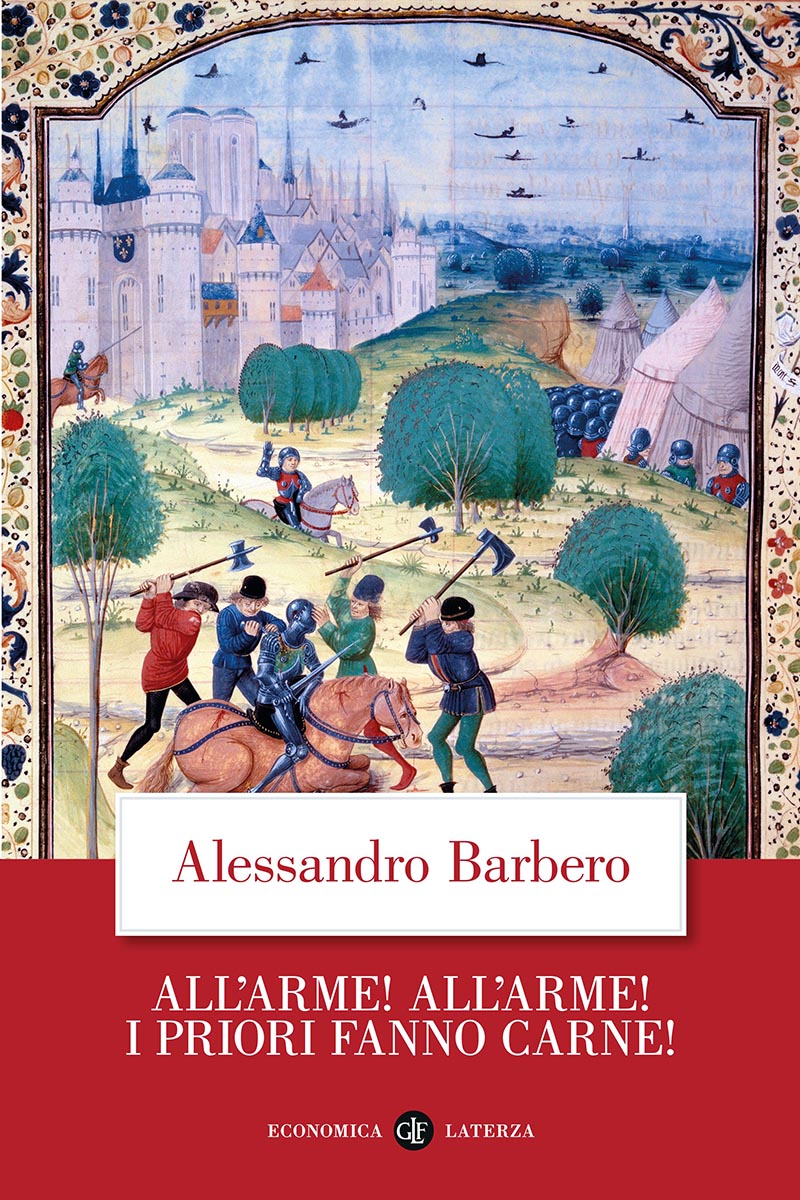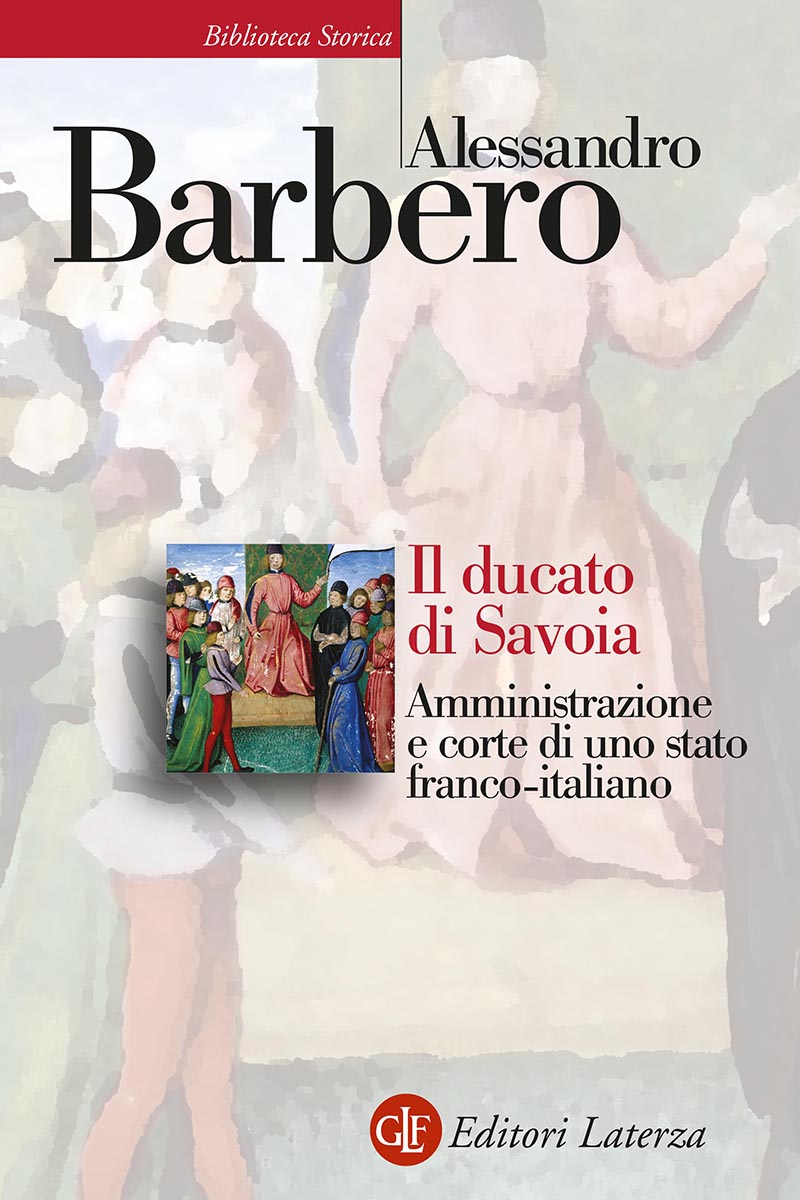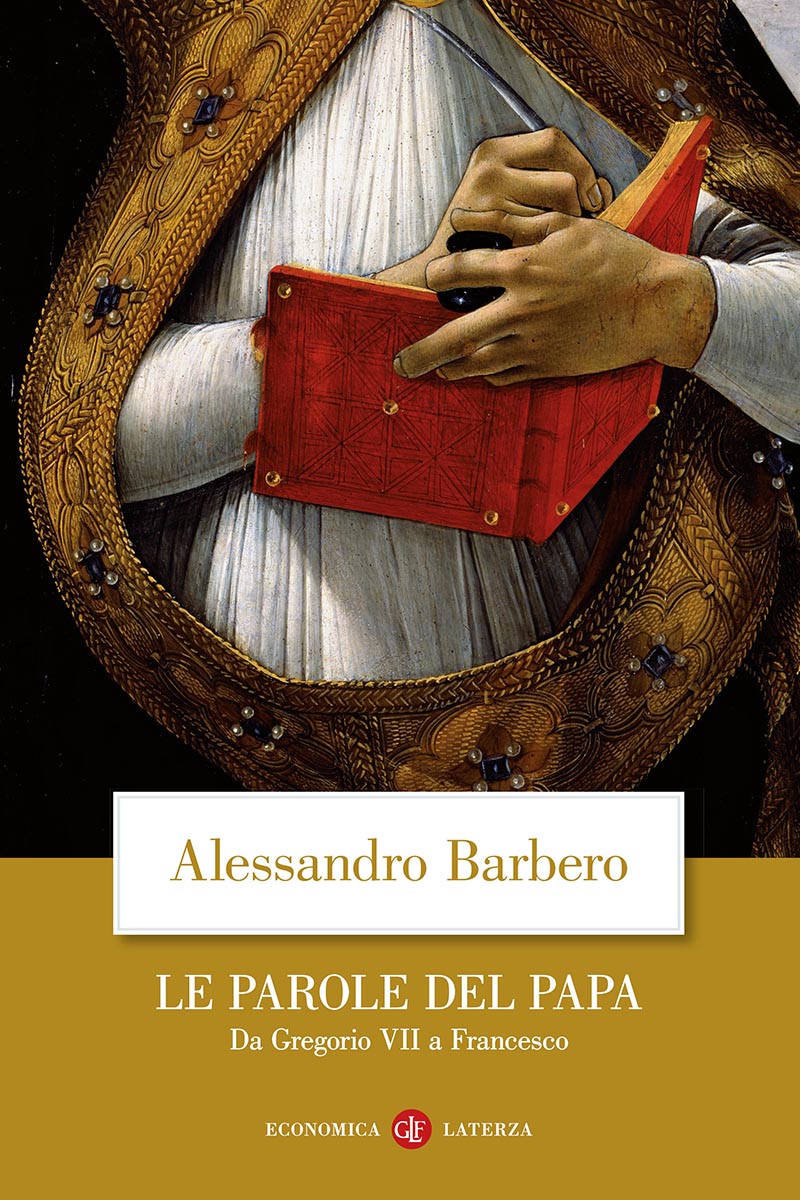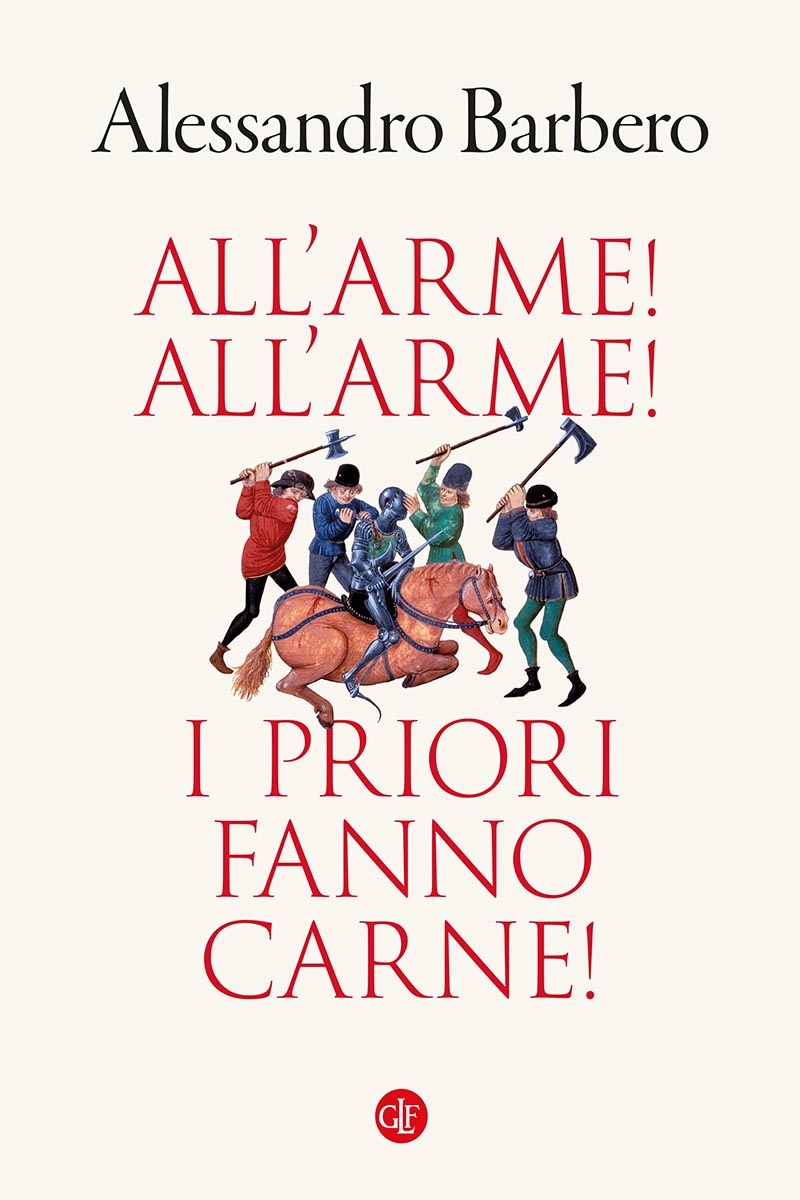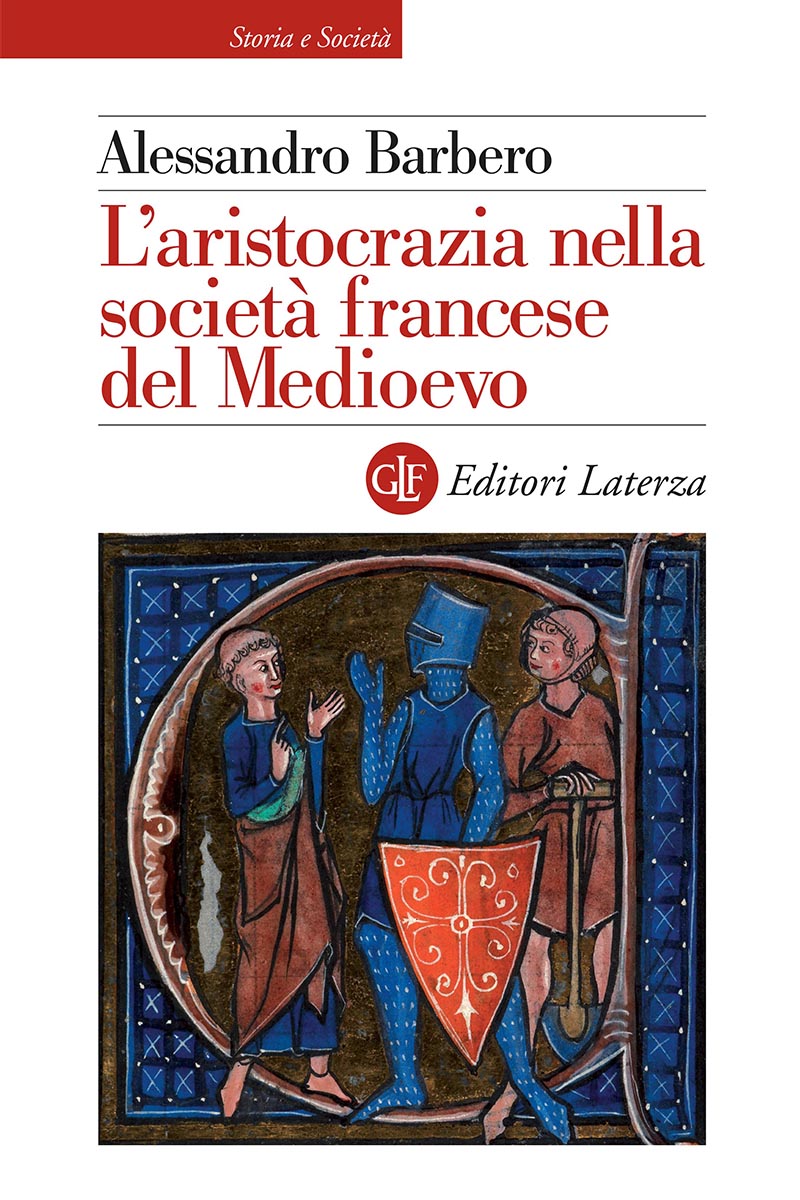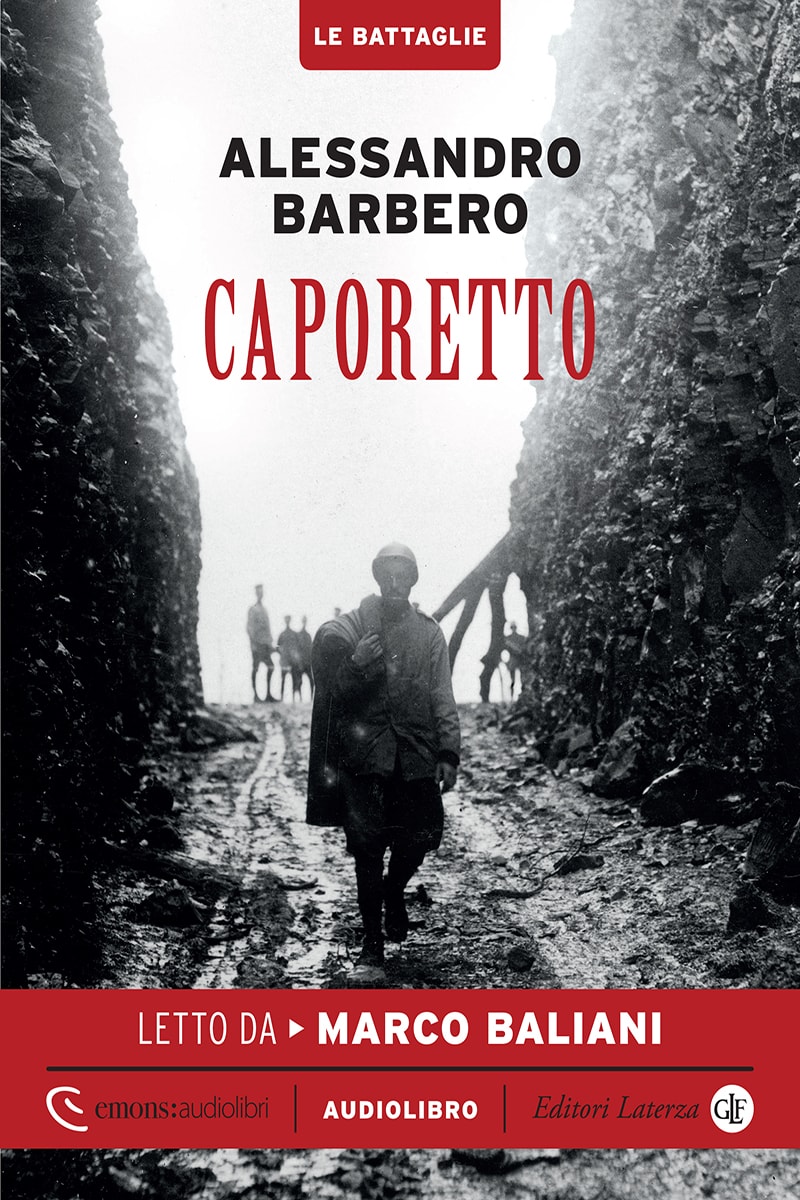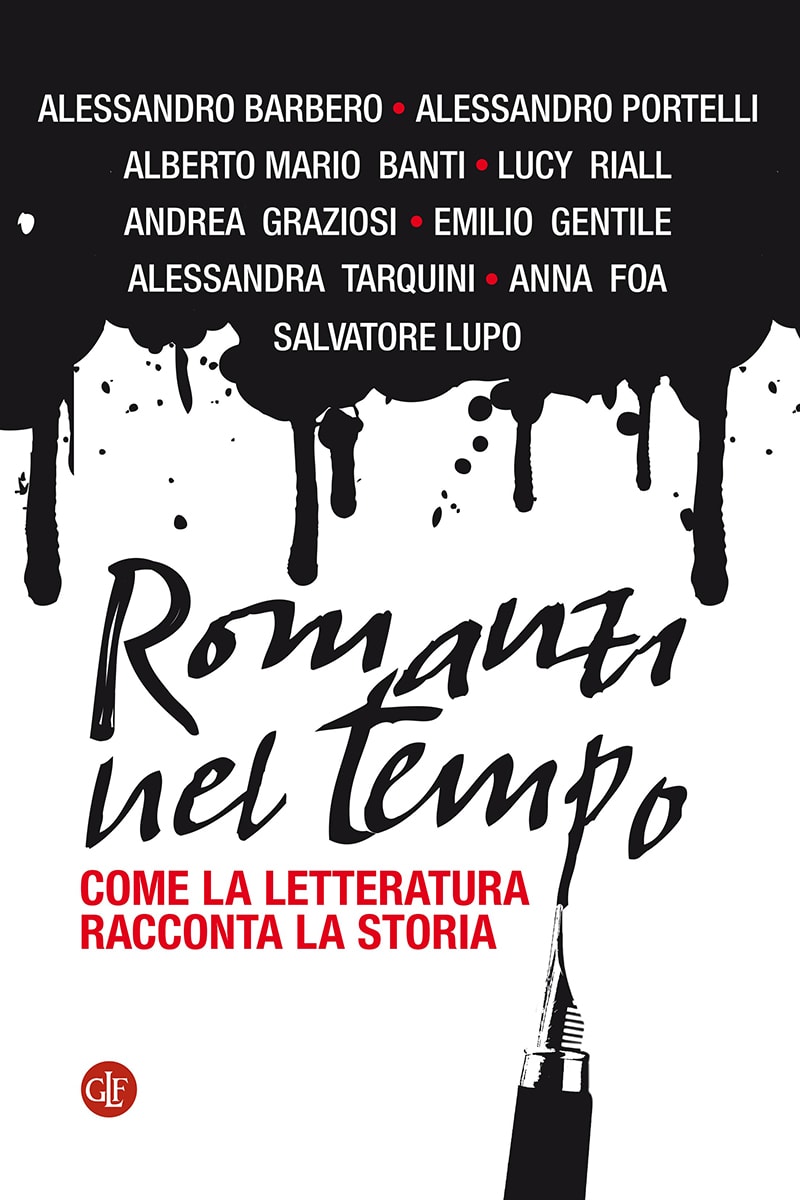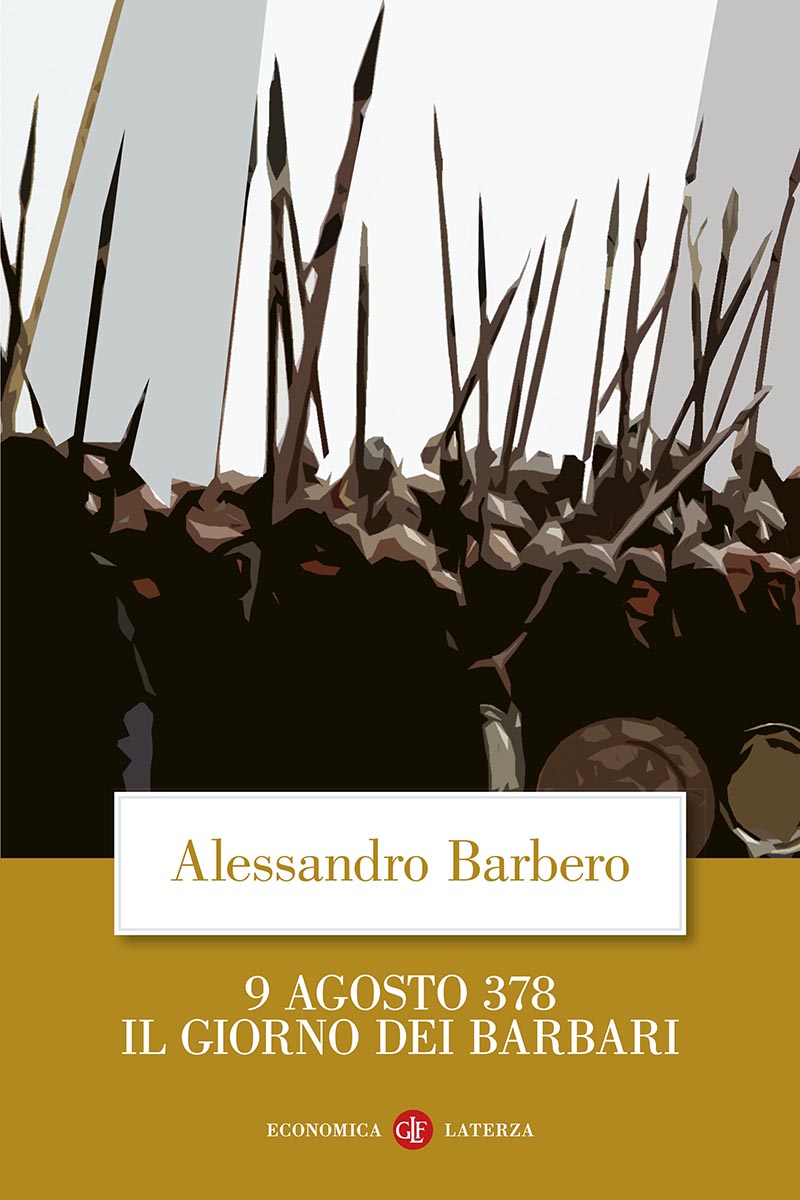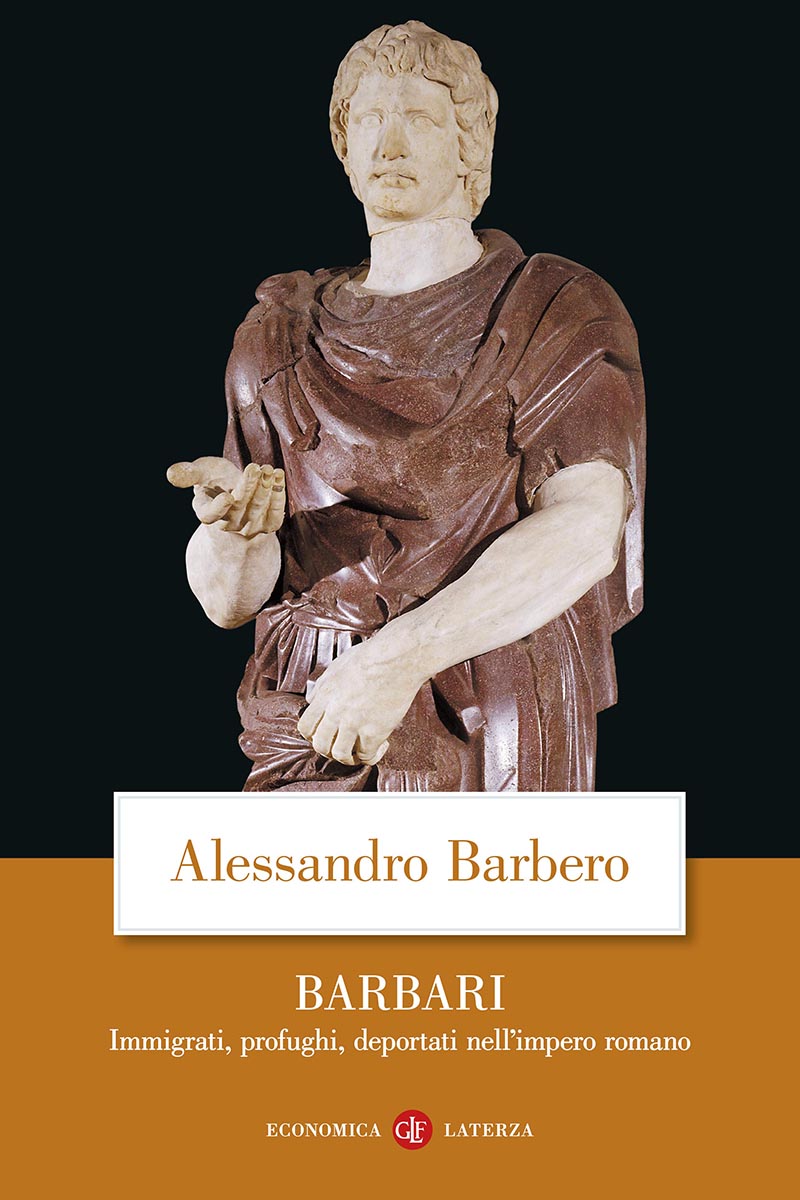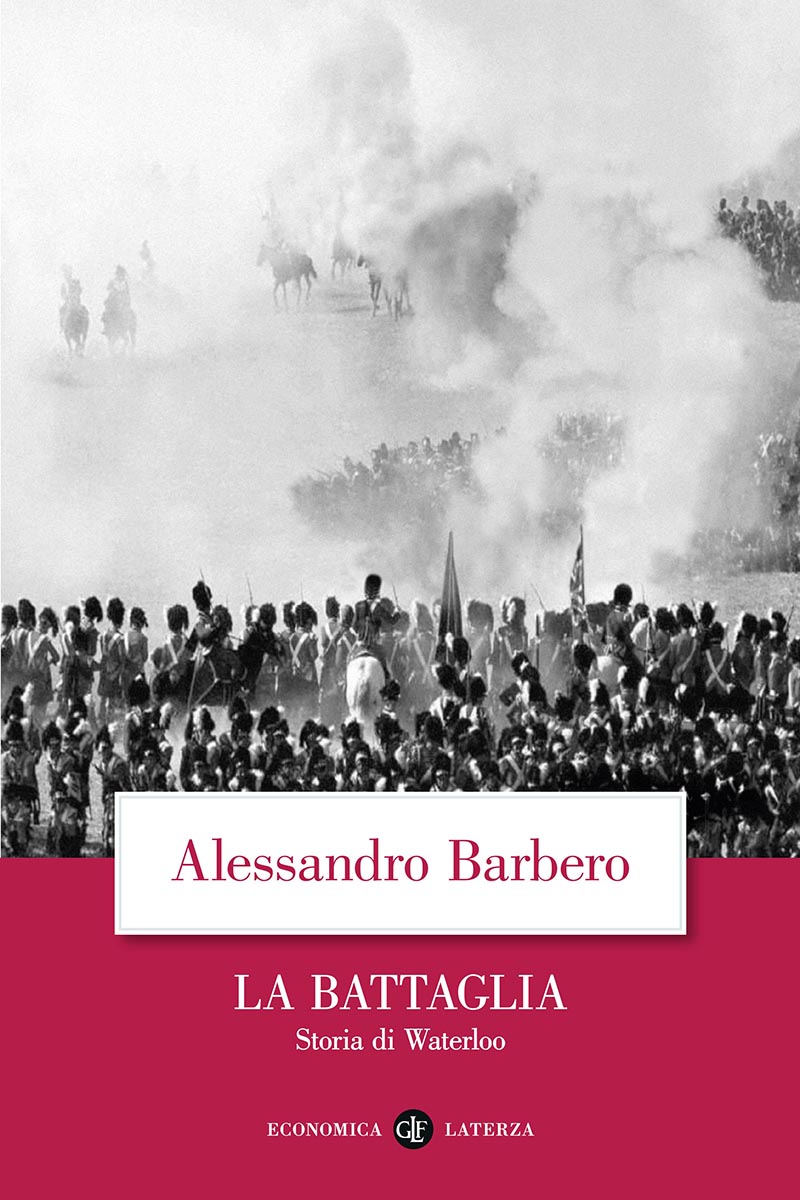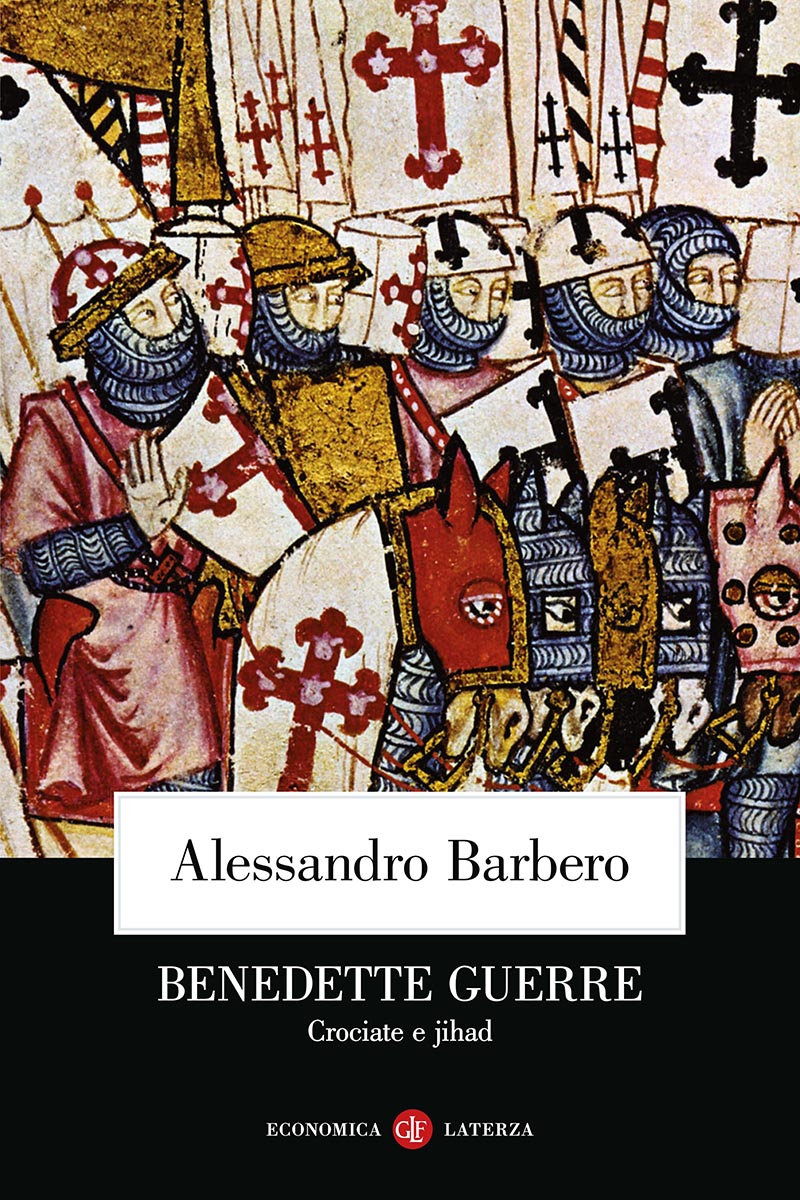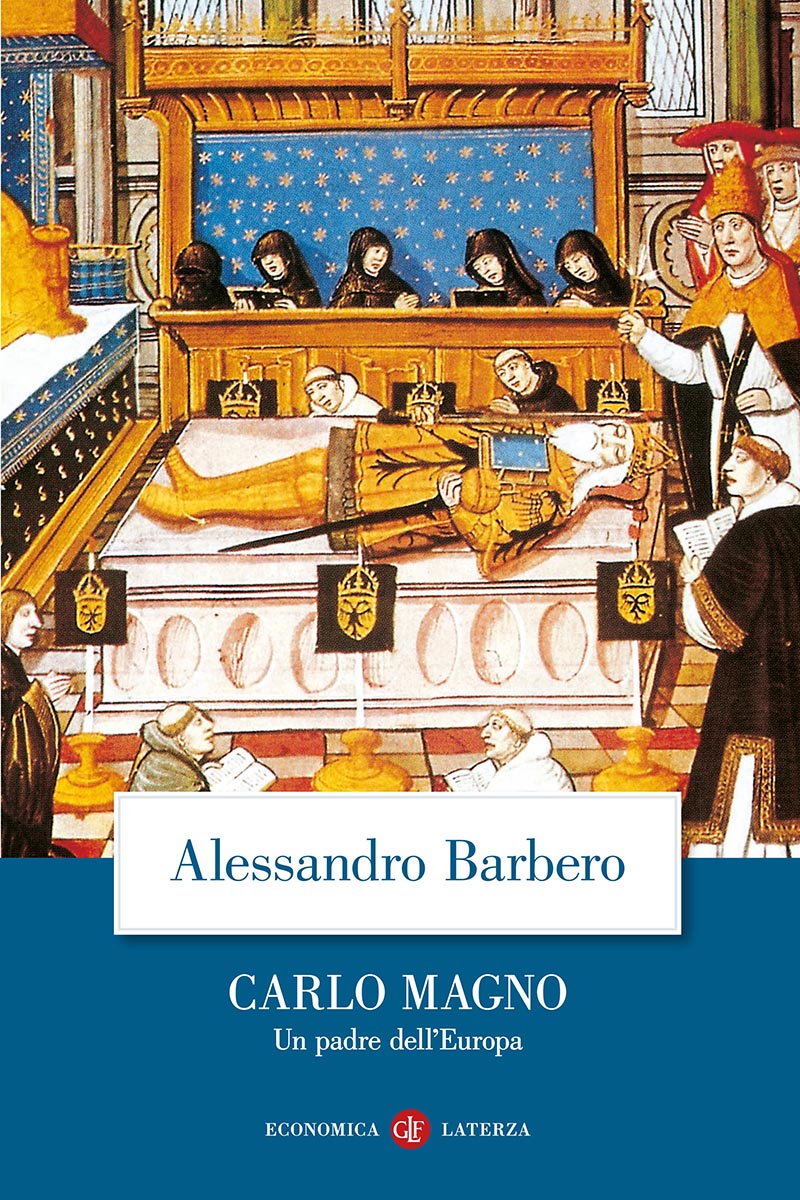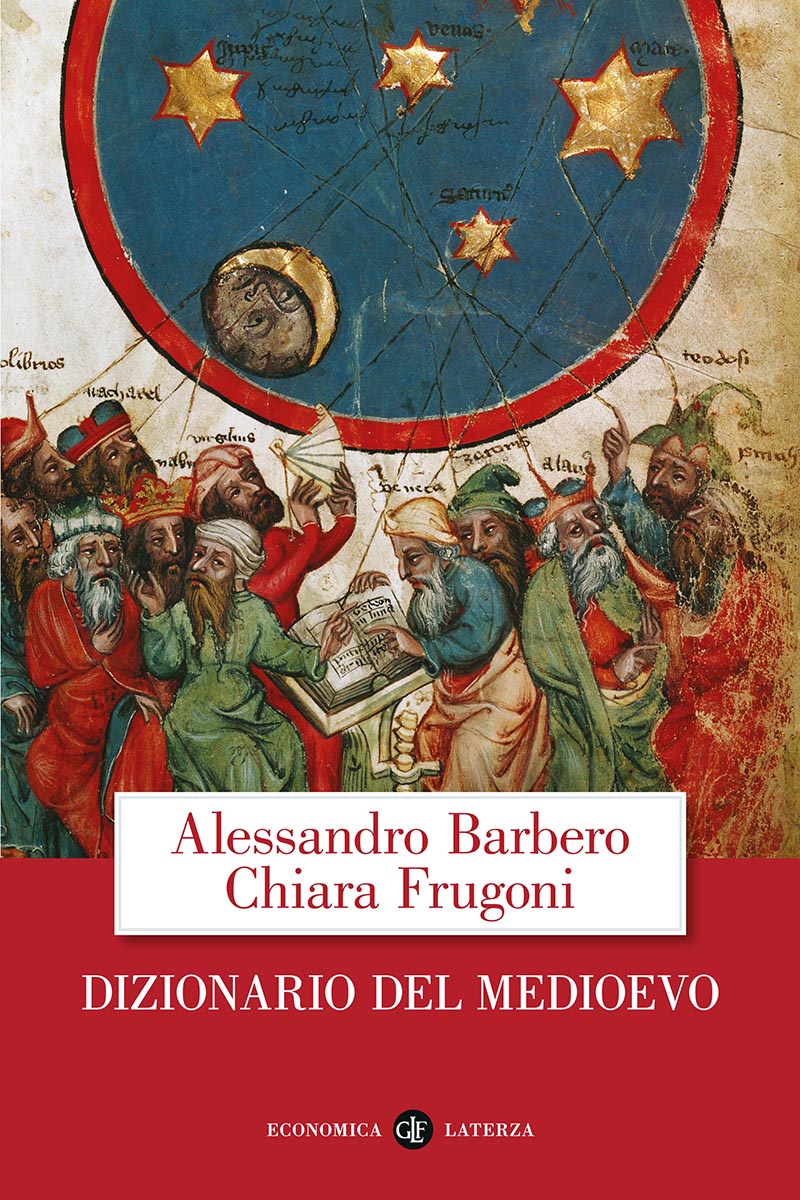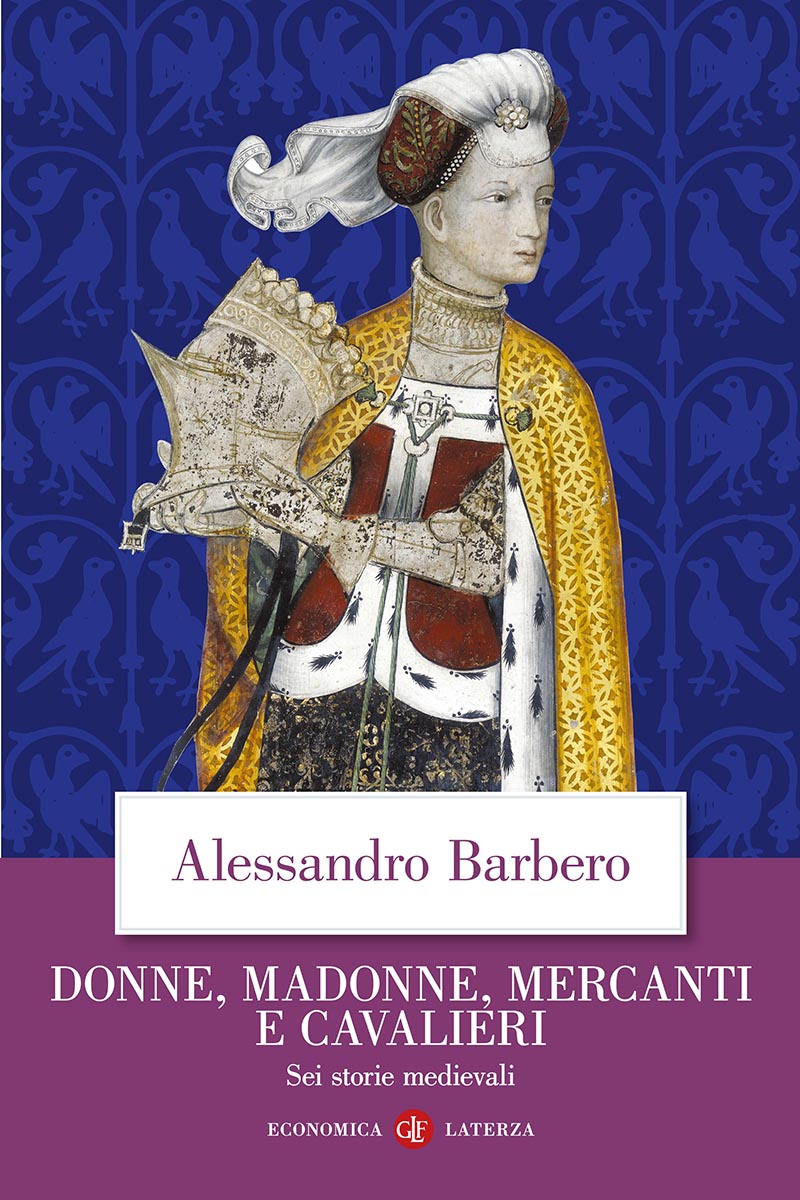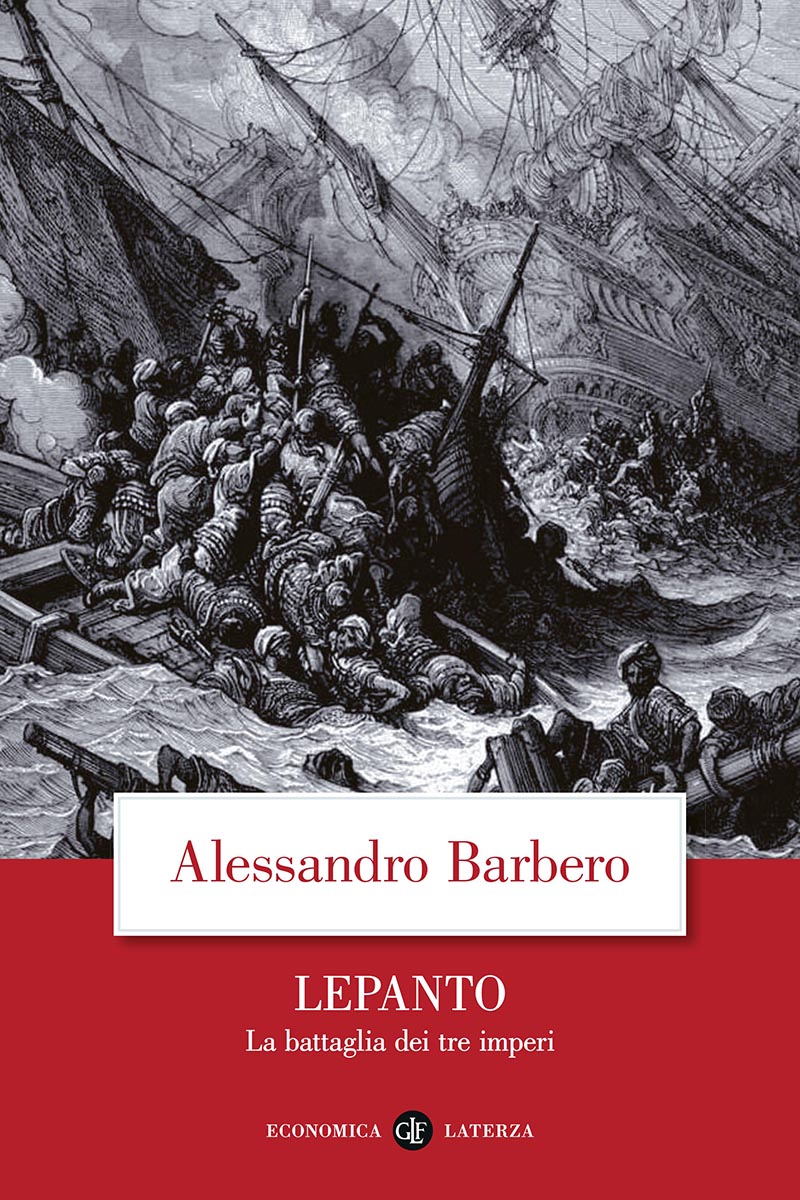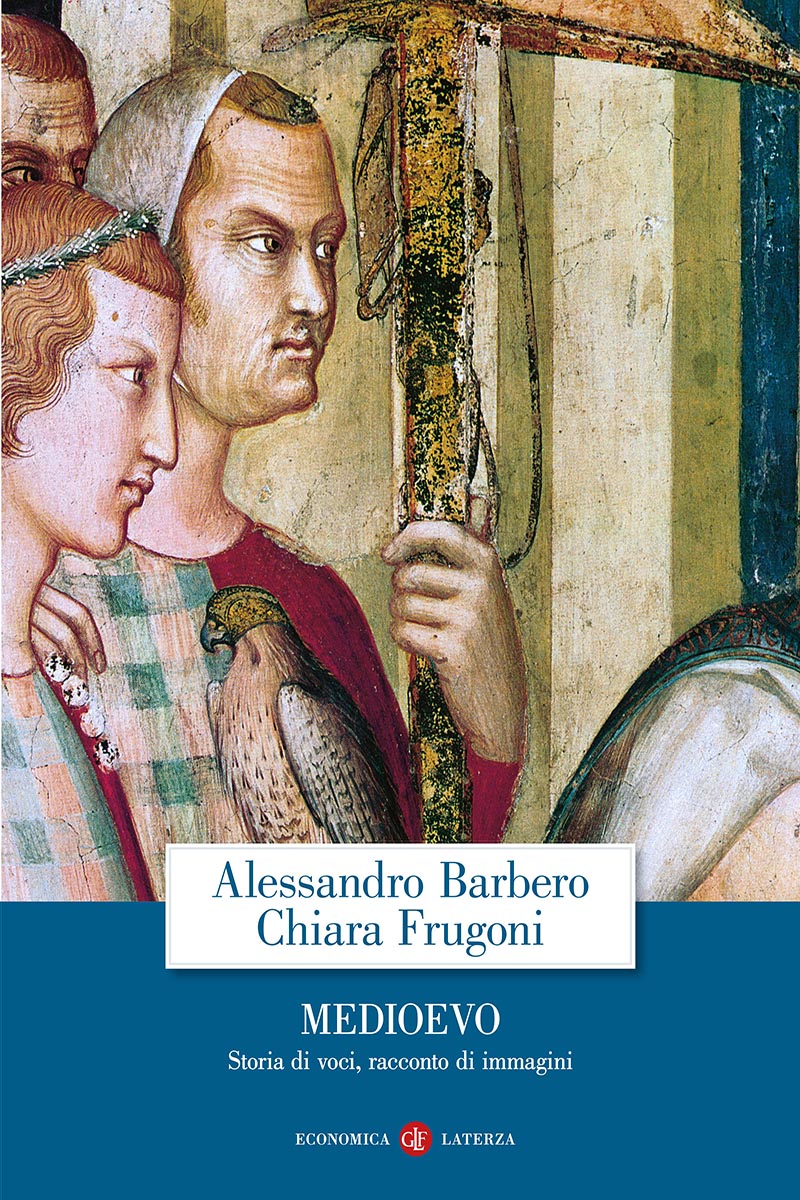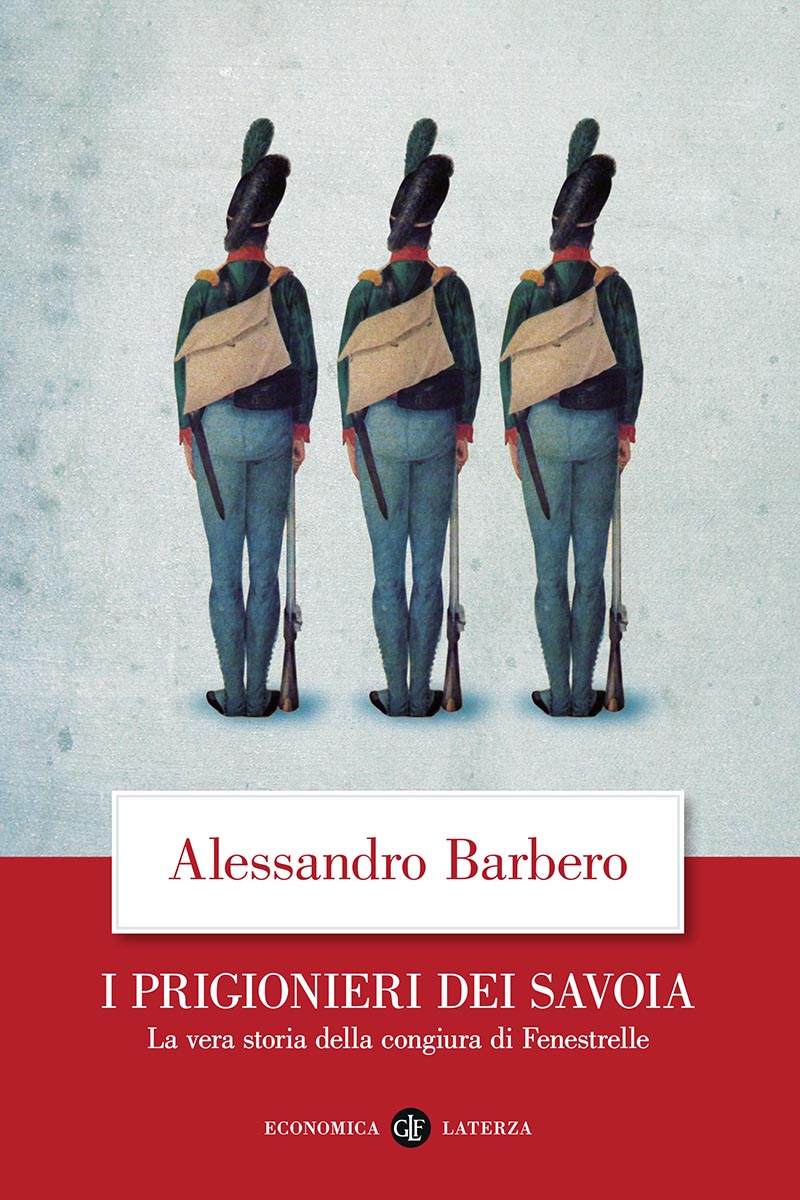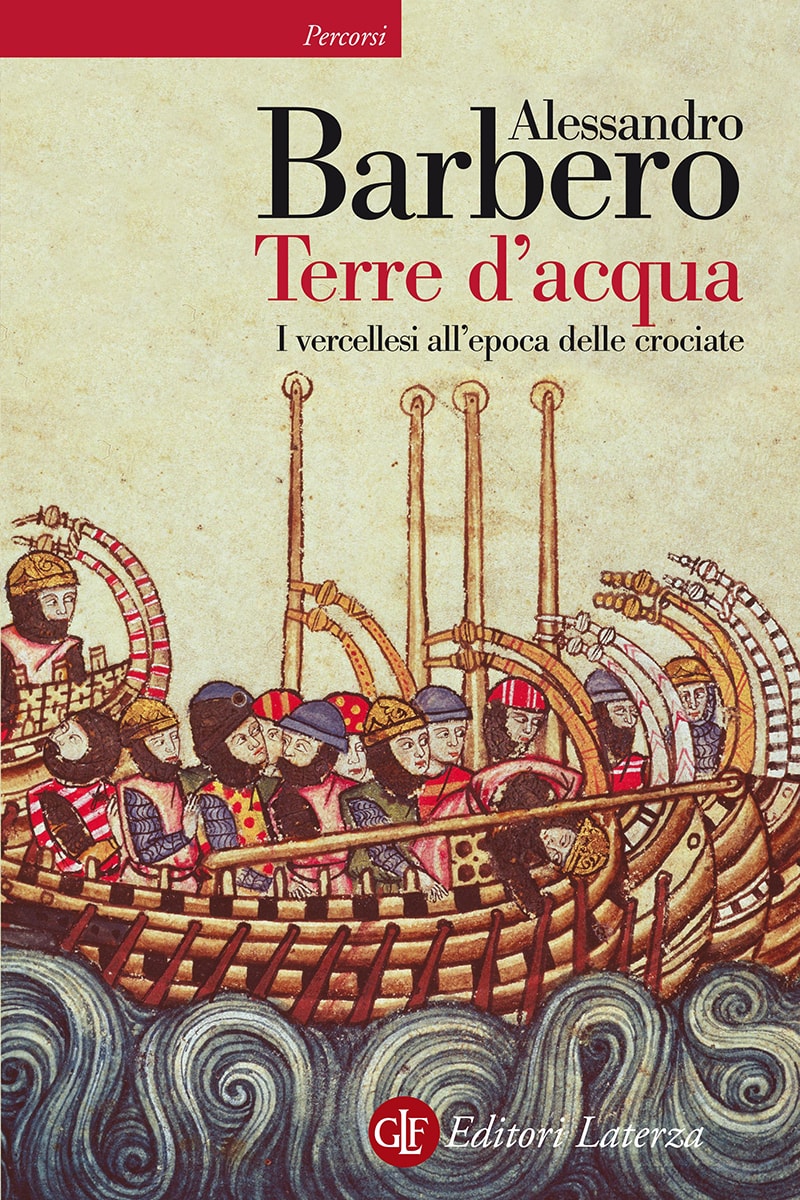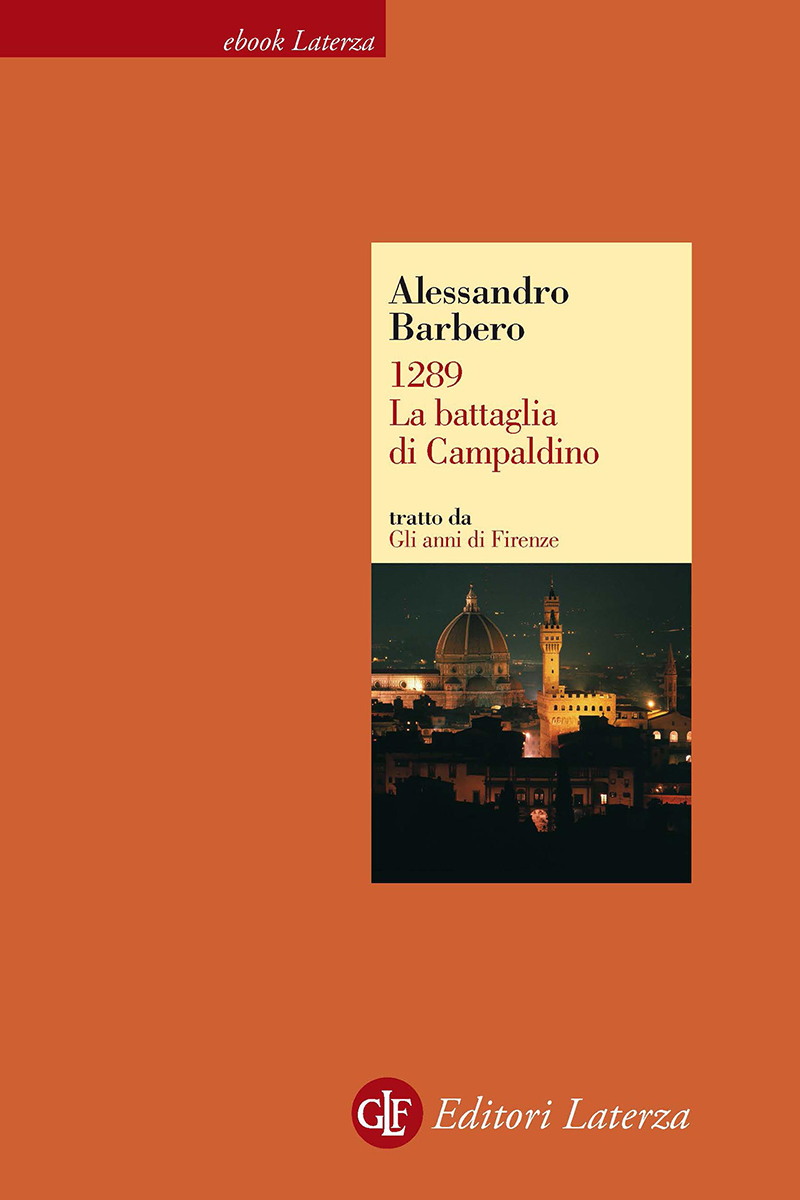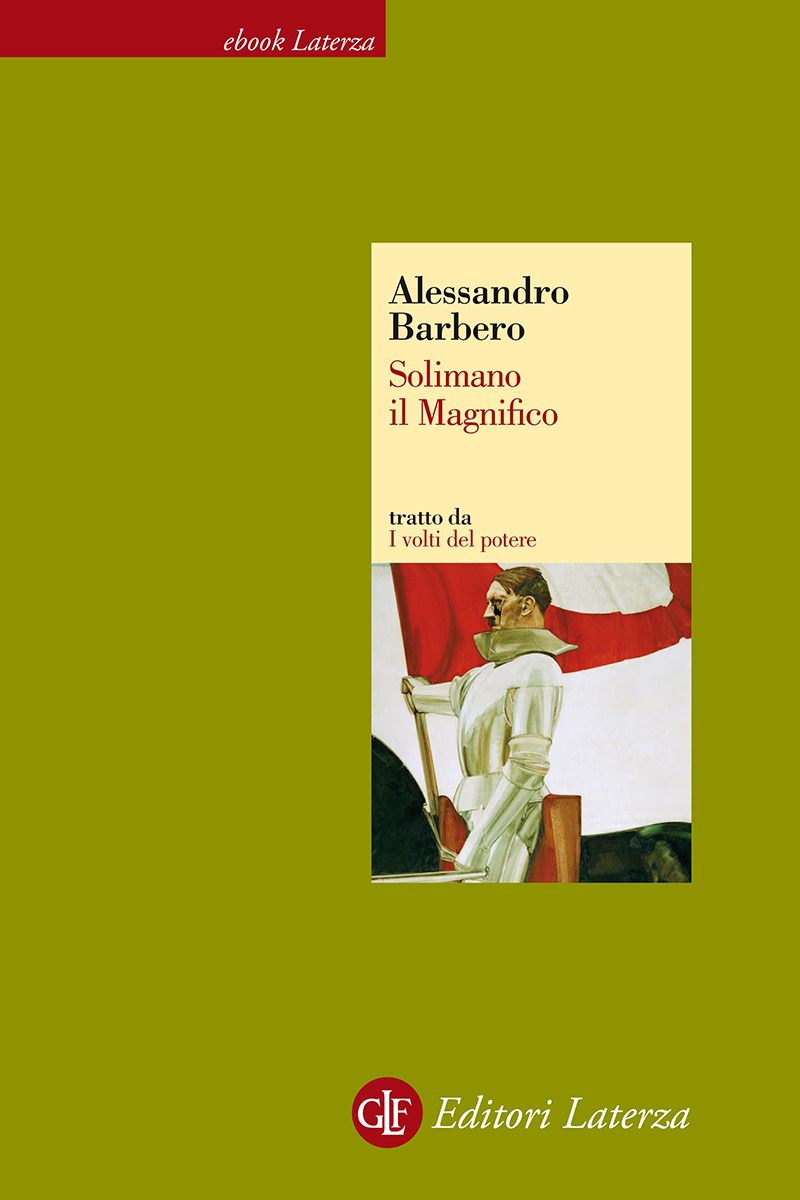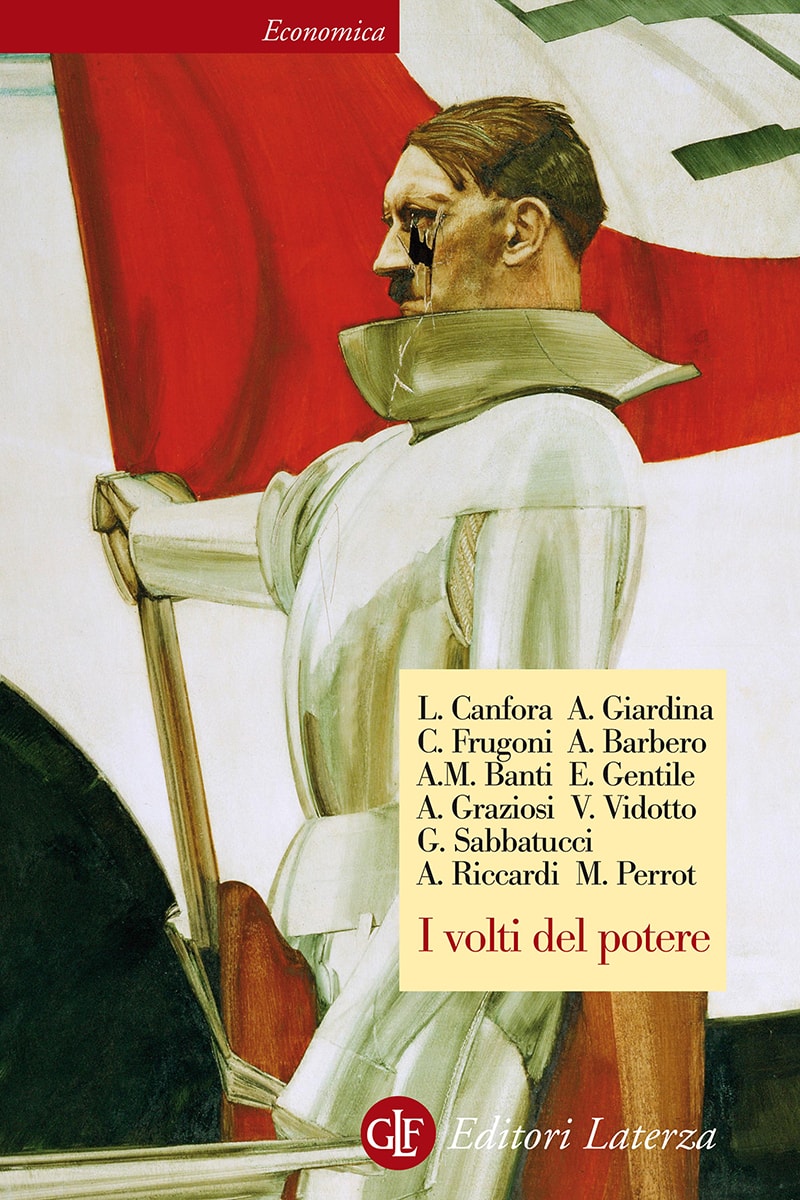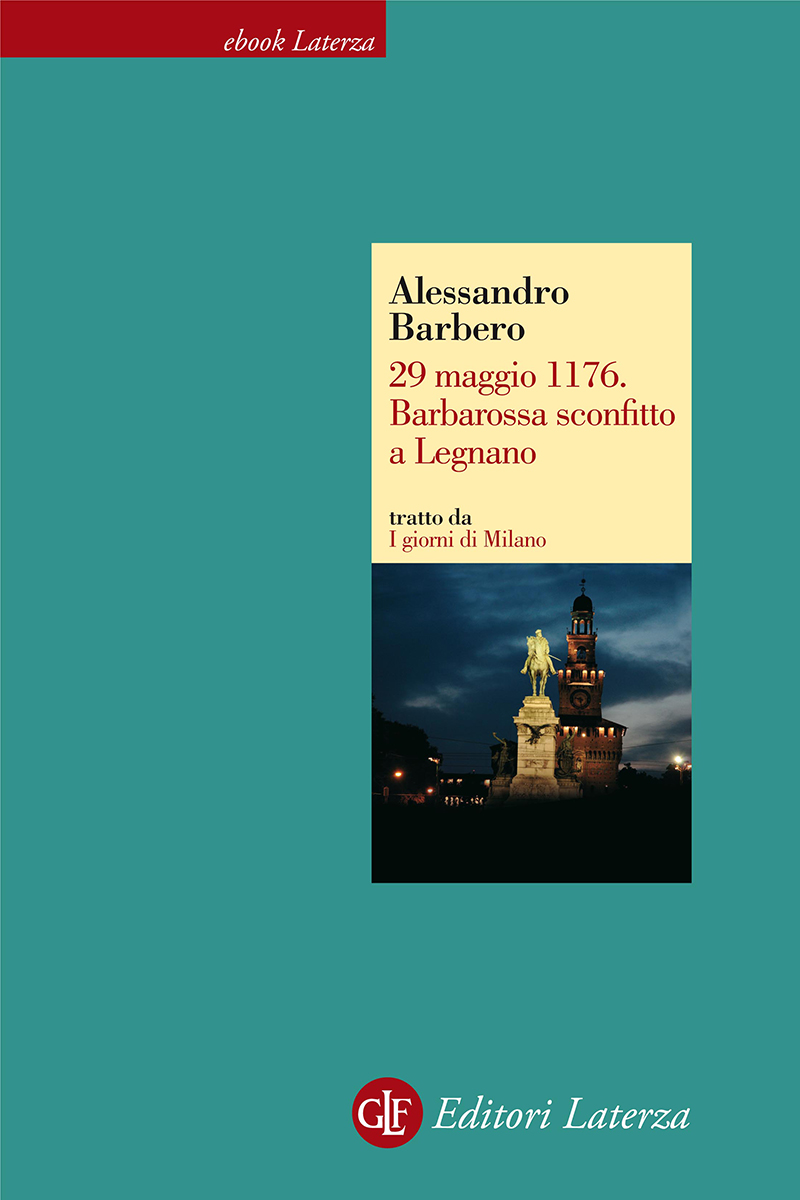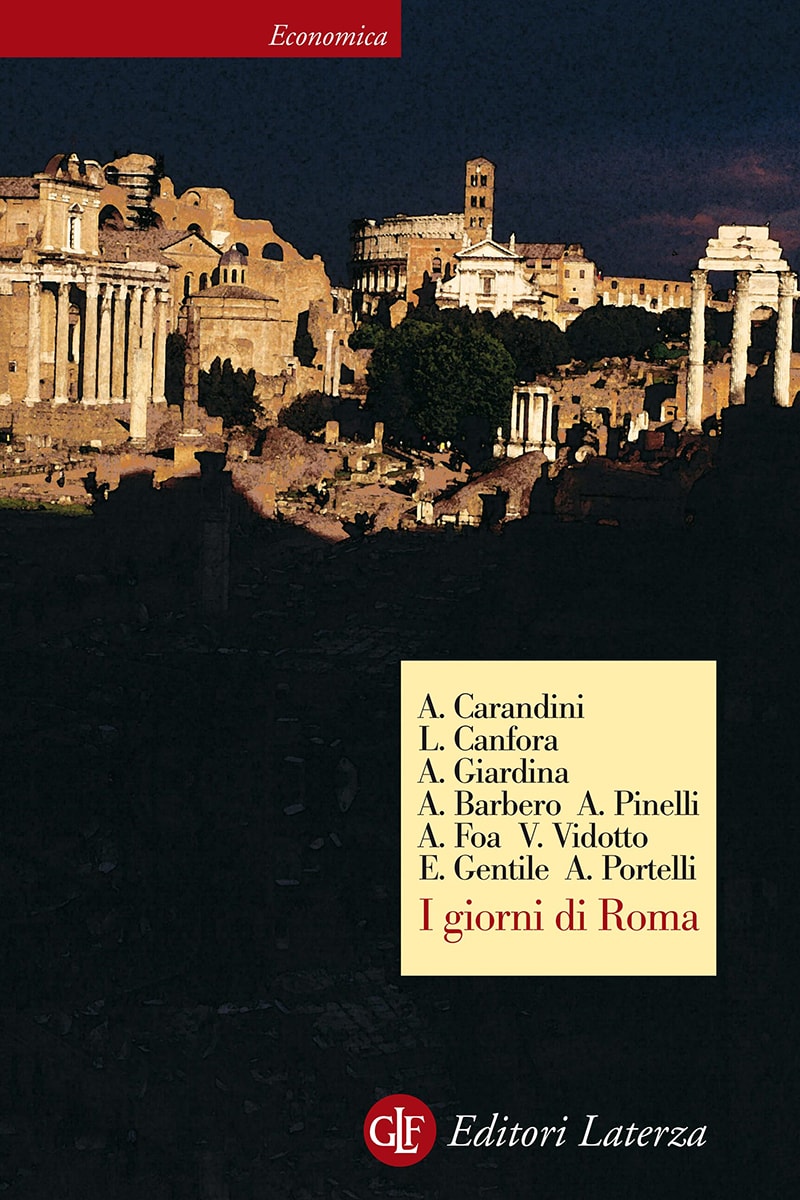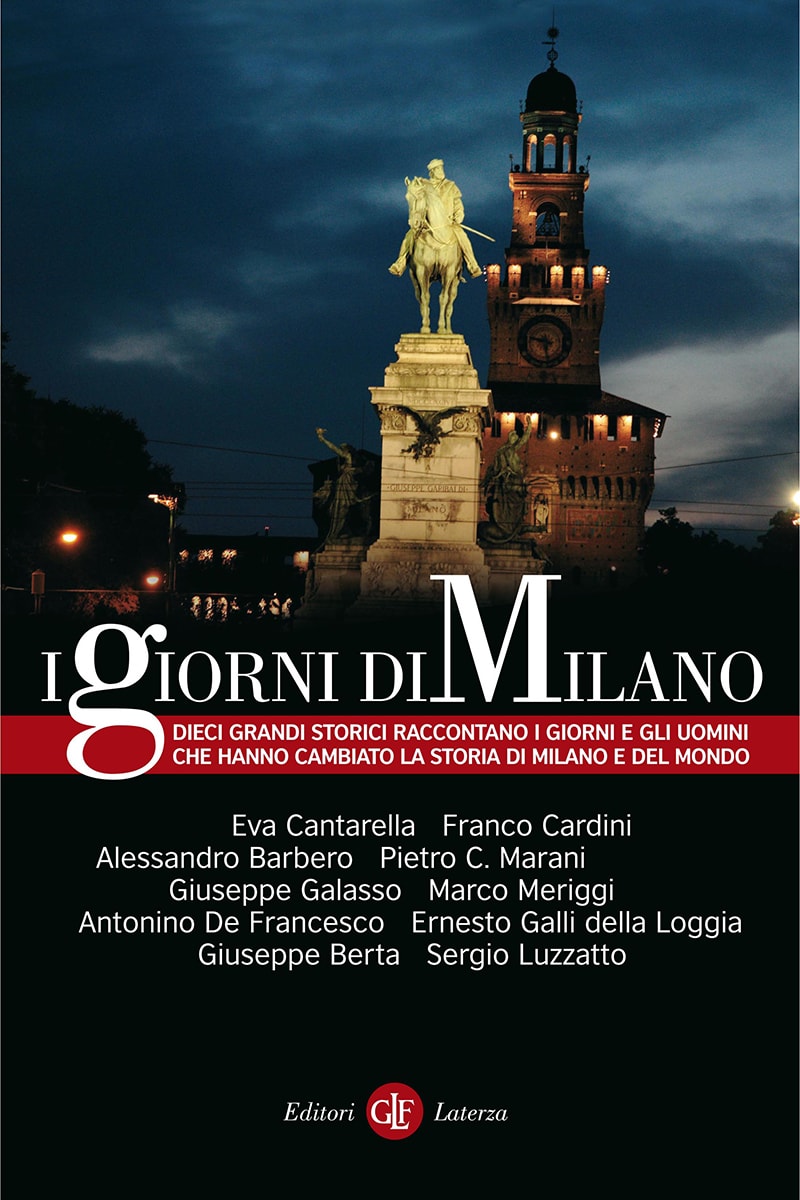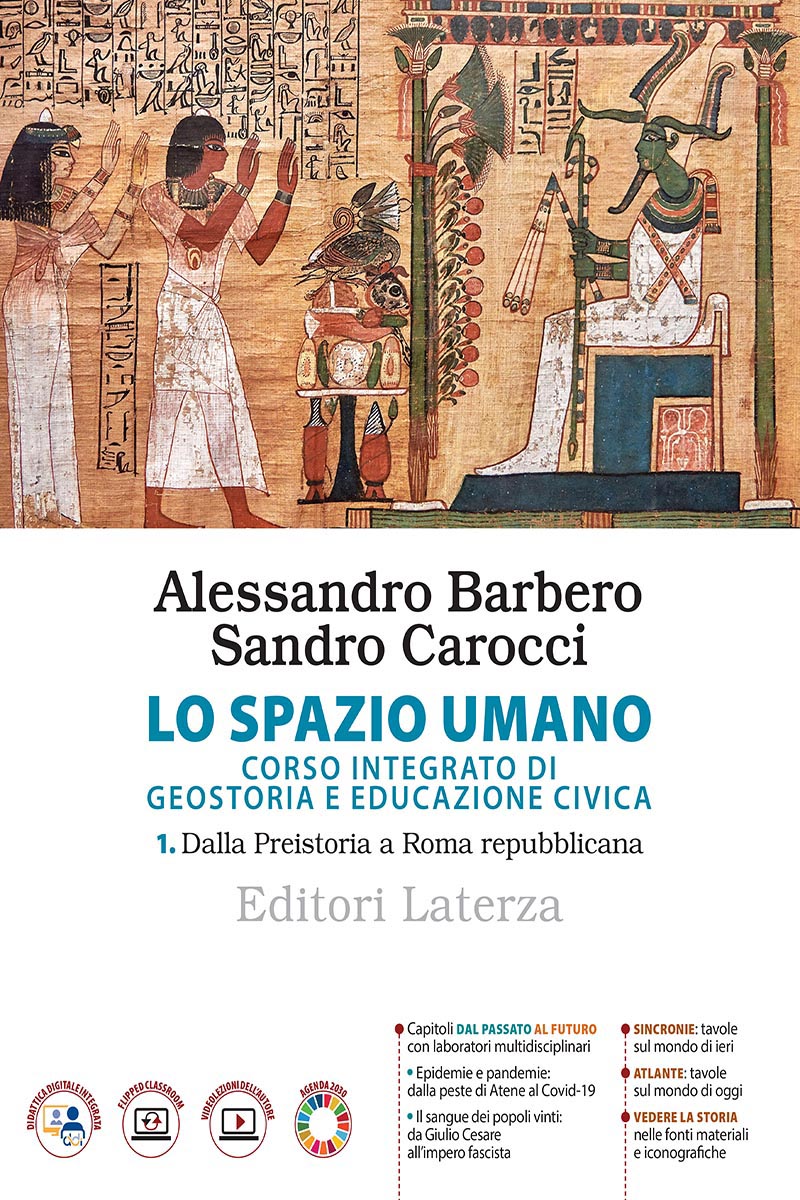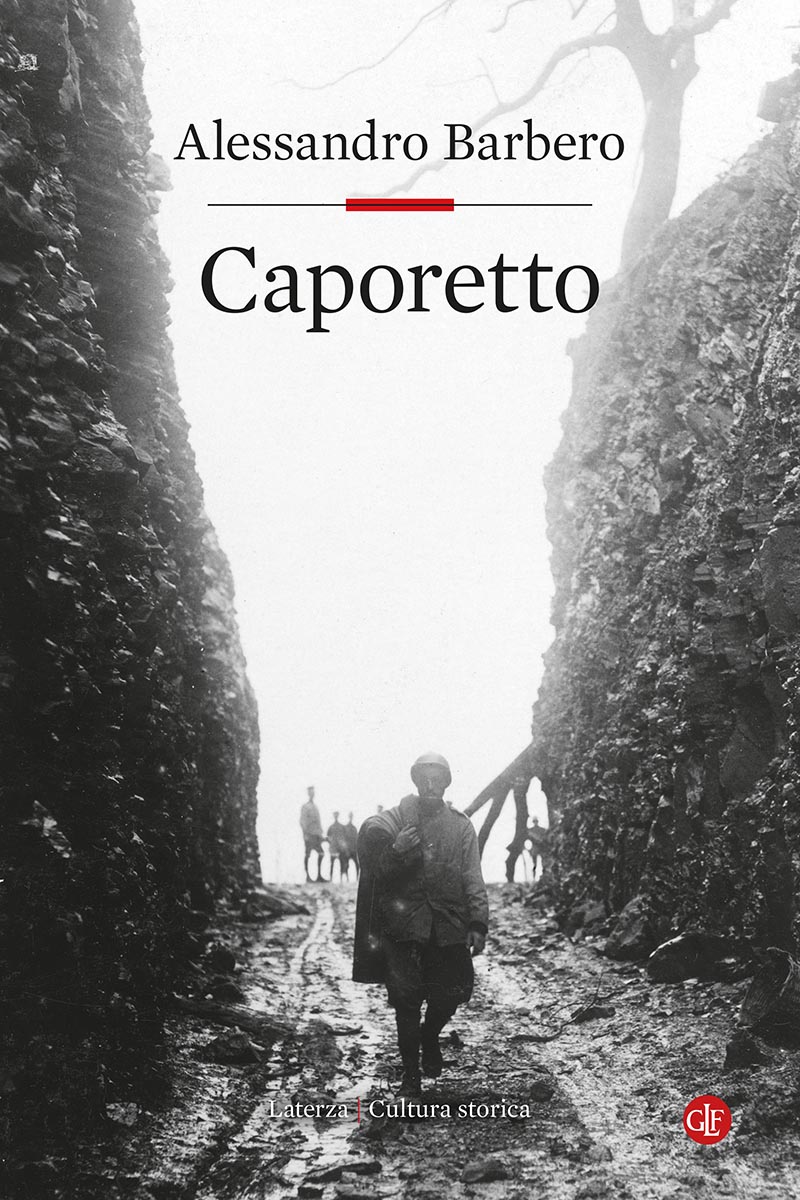
Pages: 656
Series: CSL
ISBN: 9788858129807
Caporetto
After the huge international success of Lepanto and Waterloo, Alessandro Barbero turns his great historical mastery to another epic clash.
Caporetto by Alessandro Barbero: a very different story to the one we have been told so far.
Plunder and firing squads, burnt-out warehouses, abandoned tanks and cannons, corpses and carrion, civilians fleeing occupied Friuli, Dantesque scenes of bridges over the Tagliamento blown up with thronging crowds still on them, hoping to find safety on the other side. October 1917: the battle of Caporetto. 24 October 2017 marks its centenary. It is a defeat that still feeds the global stereotype of Italians as cowardly and quick to run away. In fact, historiography has long demonstrated that the accusations levelled by general Cadorna against his soldiers on the day after the disaster were unfounded: the Italian army was routed at Caporetto because it came up against an enemy that was too strong and able to take advantage of its weakness. Alessandro Barbero recreates and dissects all the complexities of a first world war battle: from the moment when the plan is laid out in the secret miliatry headquarters to when, months later, hundreds of thousands of men are trapped in the mountains between Slovenia and Friuli, in the fog and poison gas, under fire from thousands of cannons. In these desperate conditions, Italian soldiers did their best but the catastrophe proved the limits of a backwards country like Italy: lack of professionalism among its leading class, organisational chaos and abuse of communications, inefficiency, lack of foresight and widespread improvisation, complacent optimism and rhetorical triumphalism. All of these ultimately came up against the ruthless professionalism of the German army, including a certain lieutenant Rommel.
Reviews
-
Caporetto
Caporetto, fatale la forza nemica non lo sciopero dei soldati italiani



